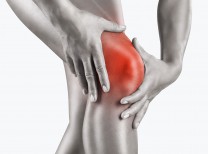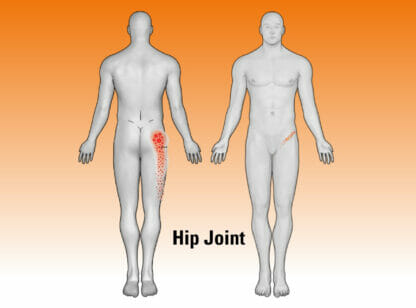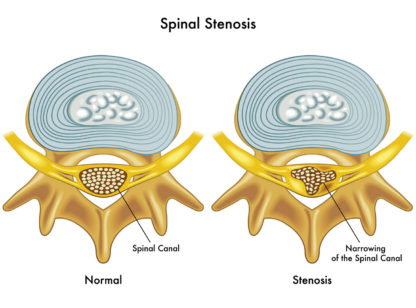As COVID-19 has shifted the world of work and school toward technology, many Americans find themselves on the computer all day and night. Excessive use of the computer mouse and keyboard can lead to carpal tunnel syndrome (CTS), one of the most common nerve disorders across America affecting approximately 3–6 percent of all adults. Luckily, it is generally very treatable. With a known root cause, providers can diagnose it and offer a variety of treatments to ease the symptoms.
CTS is caused by pressure on the nerve running along the forearm to the palm and the first four fingers called the median nerve. The carpal tunnel is an opening that houses the median nerve and several tendons that bend your fingers. Pressure to the median nerve can be caused by repetitive movements, an injury that causes inflammation or certain conditions such as arthritis, diabetes, hypothyroidism or pregnancy.
Symptoms include tingling and numbness down the forearm to the palm and first four fingers and increased pain with increased use of the wrist. Patients may also report weakness in the hand and wrist, a tendency to drop objects held in their hands and muscle deterioration in the thumb. Symptoms are often worse at night and can be exacerbated with daily tasks, such as driving or typing.
A provider can diagnose CTS by taking an extensive medical history and doing a proper physical exam, including several tests. One of the tests involves tapping on the median nerve to observe if the patient senses any tingling; another involves the patient pressing their hands together and testing if the symptoms are reproduced.
The primary treatment is to modify activity to reduce the repetitive motion that is causing the condition. Other conservative treatments such as rest, ice, steroid medications or non-steroidal anti-inflammatory drugs (NSAIDs) can be extremely beneficial as well. Exercises can also be performed to strengthen the area. Some helpful exercises include flexing and extending the wrist, pressing your fingers back towards your wrist, or squeezing a rubber ball to improve grip strength. A wrist splint or brace can also be used to protect the carpal tunnel from any pressure. More invasive treatments such as steroidal injections or even surgery may be recommended.
Ergonomics can play a major role in the prevention and treatment of carpal tunnel syndrome. Setting up your workspace in a way that prevents repetitive pressure on the wrist can lower the risk of developing uncomfortable symptoms. Some tips include keeping hands and wrists in line with your forearms, using proper hand and wrist position for certain tasks, avoiding leaning on your palms or wrists and taking occasional breaks throughout the workday. These small changes in daily work life can lead to big changes in your lifestyle and health.
If you find that you’ve developed any tingling in your wrist or fingers, try changing up your workspace or incorporating exercises to help relieve the symptoms. It is best to discuss any treatment options with your medical provider if you are feeling any symptoms.
Founding physician Eric Sickinger, DO and medical assistant Thalie Timsit, BS are with Advanced Center for Sports & Musculoskeletal Medicine. For more information, contact their Palm Desert office at (760) 636.1067 or the San Clemente office at (949) 388.1060, or visit www.SportsandMSKmedicine.com.














































Comments (0)